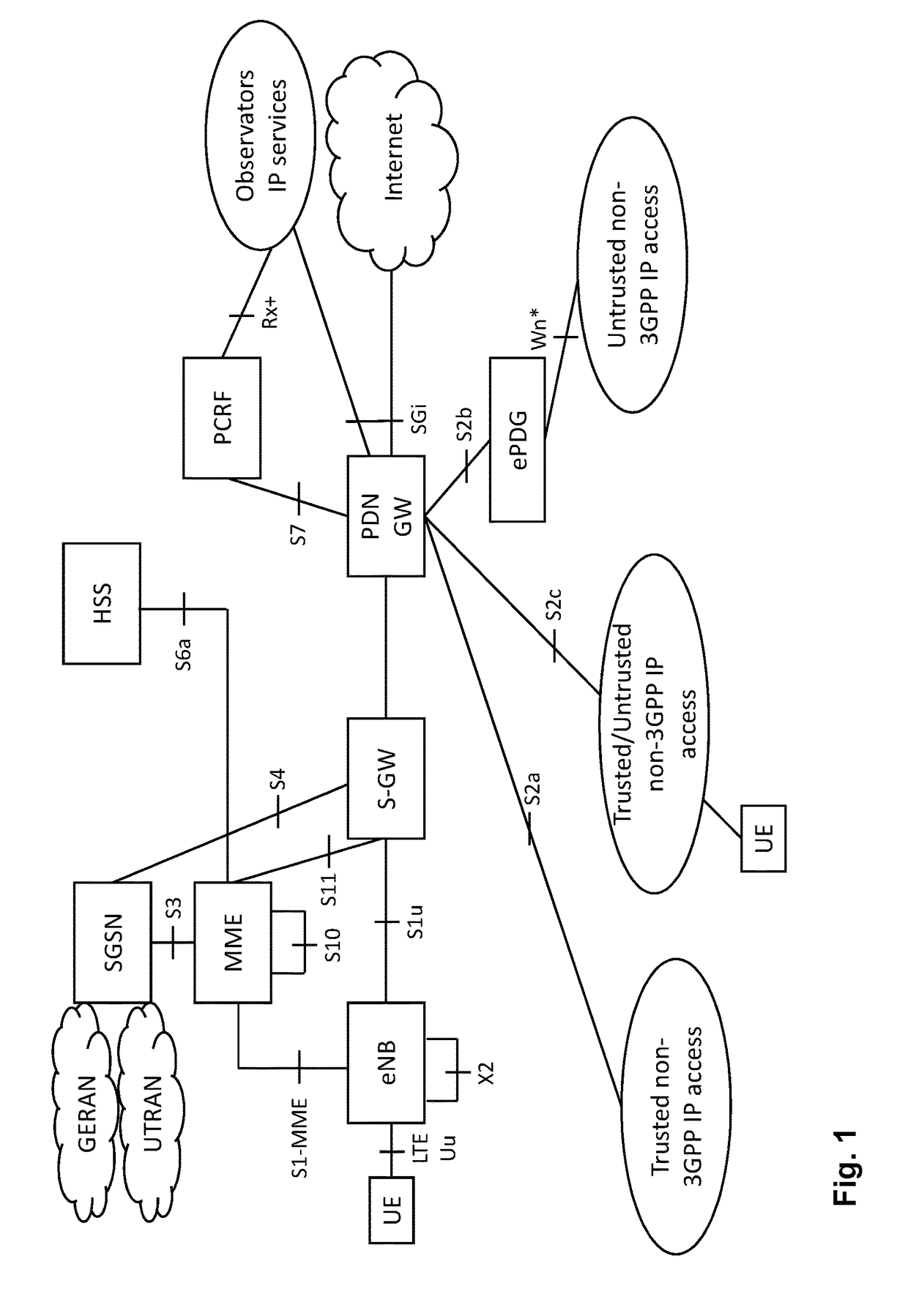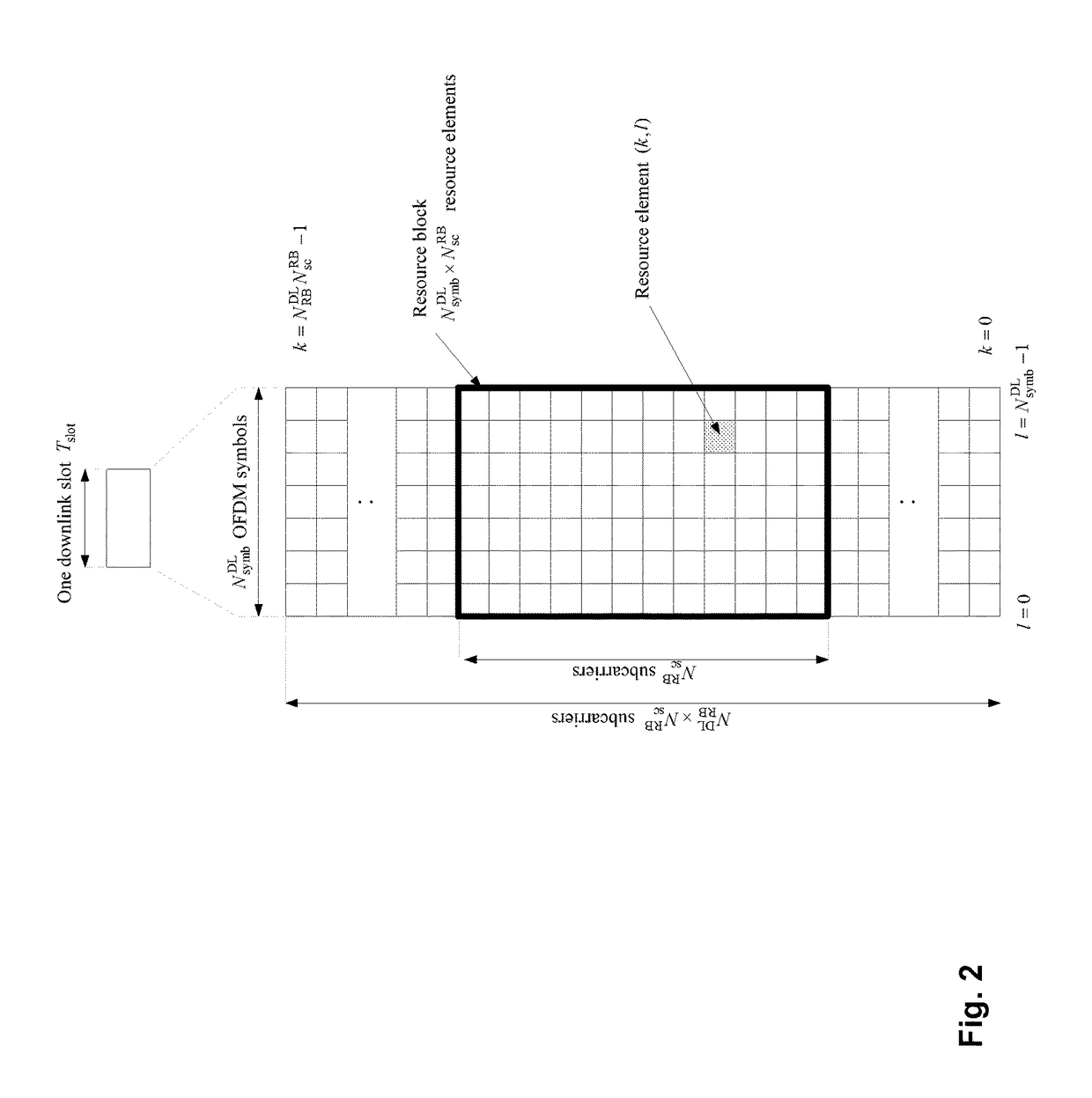Conveying number of required HARQ repetitions for coverage enhancement
a technology of required harq and coverage enhancement, which is applied in the direction of digital transmission, transmission path sub-channel allocation, wireless communication, etc., can solve the problems of reduced system capacity, increased retransmission, and inability of the base station to estimate accurately the length of the bundle, so as to increase the efficiency of coverage enhancement, reduce the capacity of the system, and efficient resource utilization
- Summary
- Abstract
- Description
- Claims
- Application Information
AI Technical Summary
Benefits of technology
Problems solved by technology
Method used
Image
Examples
Embodiment Construction
[0076]An embodiment of the present invention concerns transmission and reception of data in a repeated manner, the repetitions being spread over a plurality of subframes in a communication system. In particular, the communication system includes a data transmitting device and a data receiving device communicating together over of wireless interface. The data transmitting device and the data receiving device may be respectively one of a network node such as a base station or a relay as well as a wireless device which is not a network node such as a user equipment (terminal), which may be a mobile phone, a smartphone, a tablet, a notebook or another computer. The term “network node” in this context is to be understood as any node connected to a network, for instance, a cellular network. It is noted that the term “cellular network” or “cell” refer to any arrangement of a cell including macro cells, micro cells, pico cells, femto cells or any other concepts. The network node may thus be...
PUM
 Login to View More
Login to View More Abstract
Description
Claims
Application Information
 Login to View More
Login to View More - R&D
- Intellectual Property
- Life Sciences
- Materials
- Tech Scout
- Unparalleled Data Quality
- Higher Quality Content
- 60% Fewer Hallucinations
Browse by: Latest US Patents, China's latest patents, Technical Efficacy Thesaurus, Application Domain, Technology Topic, Popular Technical Reports.
© 2025 PatSnap. All rights reserved.Legal|Privacy policy|Modern Slavery Act Transparency Statement|Sitemap|About US| Contact US: help@patsnap.com



